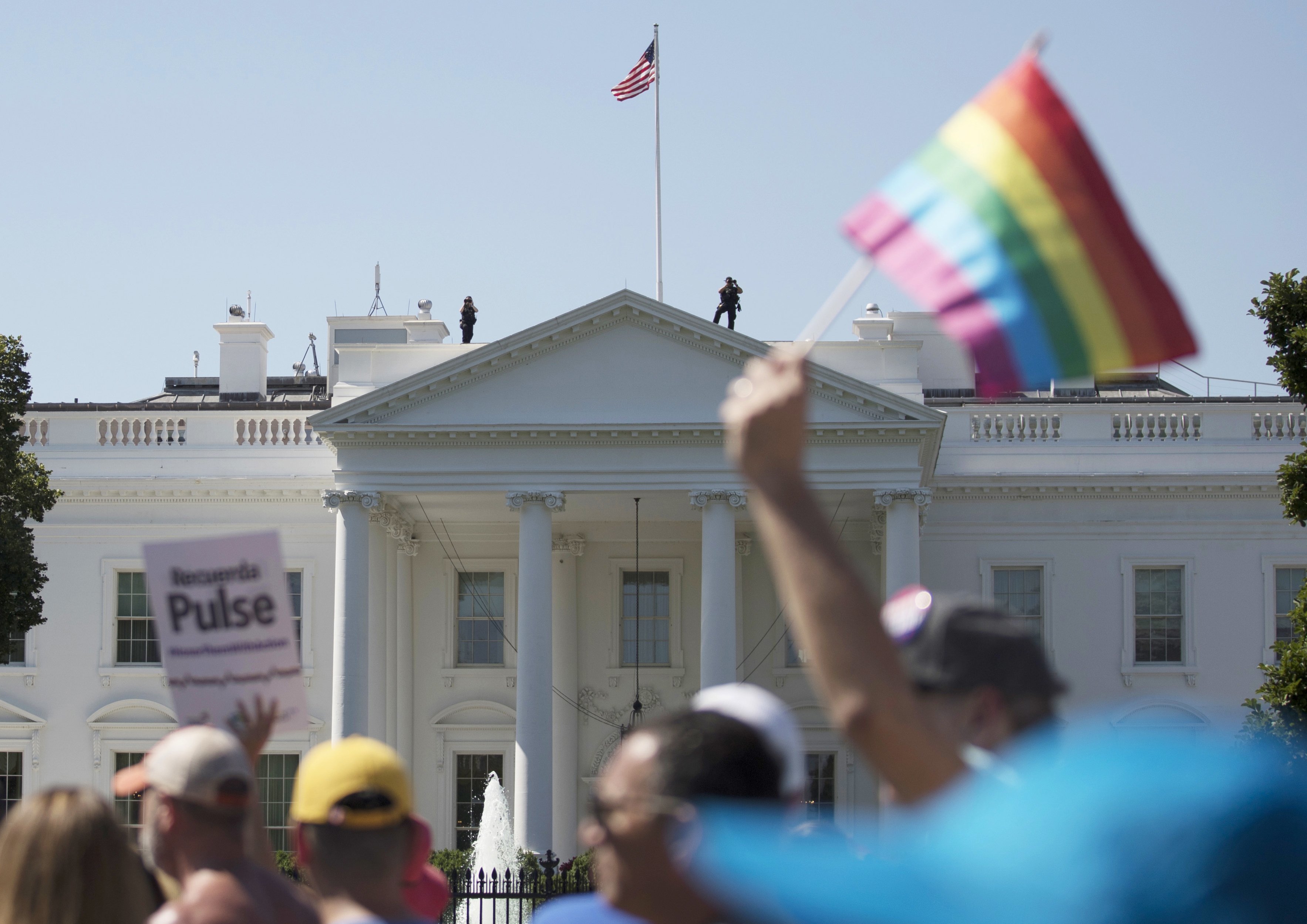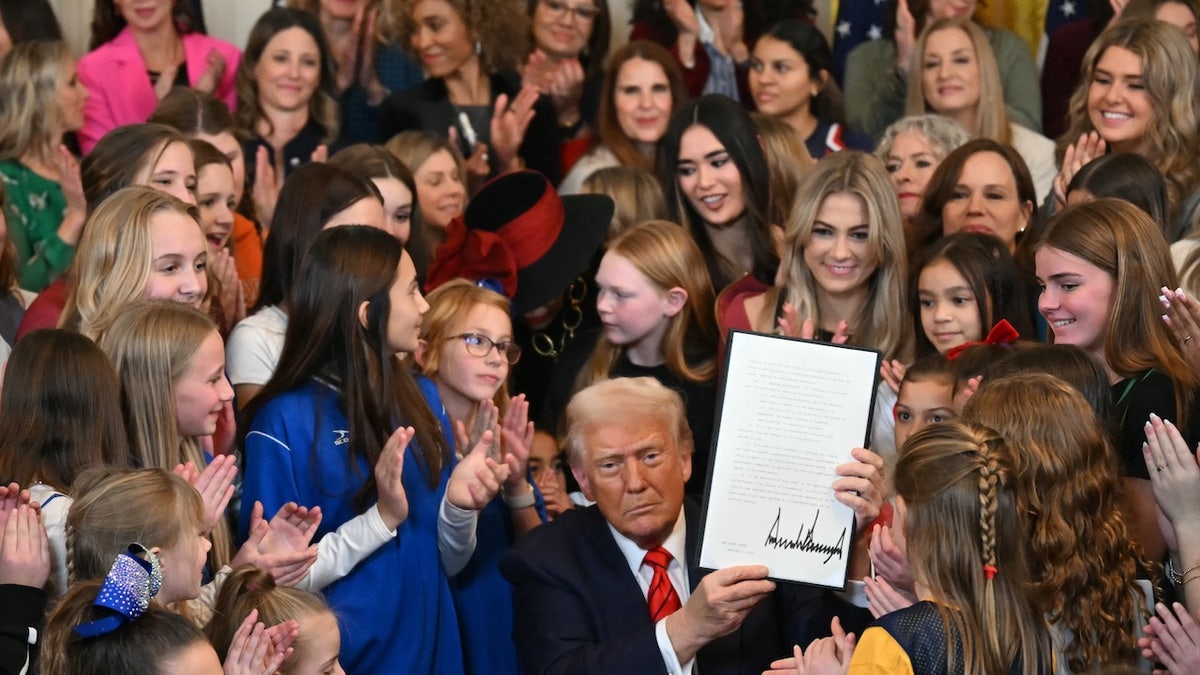Trump's Transgender Military Ban: An Opinion And Analysis Of The Controversy

Table of Contents
The Policy's Rationale and Justification
The Trump administration's official justification for the ban centered on concerns regarding military readiness, cost, and potential disruption. The stated rationale argued that the presence of transgender service members would pose significant challenges to unit cohesion, combat effectiveness, and overall military operations.
- Claims of increased medical costs: The administration cited the potential for higher healthcare expenses associated with gender transition procedures and ongoing hormone therapy for transgender service members.
- Concerns about unit cohesion and combat readiness: Arguments were made suggesting that the inclusion of transgender individuals might negatively impact unit cohesion and negatively affect combat readiness.
- Alleged security risks: While not explicitly detailed, concerns about potential security vulnerabilities related to transgender service members were implicitly raised.
- Perceived burden on military resources: The administration suggested that accommodating transgender service members would place an undue burden on military resources and training programs. These claims, however, were largely unsubstantiated by concrete evidence.
Legal Challenges and Court Battles
The ban faced immediate and widespread legal challenges from various organizations and individuals, primarily arguing that the policy violated the principles of equal protection and non-discrimination guaranteed under the Constitution. The American Civil Liberties Union (ACLU) and other advocacy groups filed numerous lawsuits, arguing that the ban discriminated against transgender individuals based on their gender identity.
- Lawsuits and organizations involved: The ACLU, Lambda Legal, and numerous individual transgender service members spearheaded legal challenges against the ban.
- Legal arguments: The core legal arguments centered on the violation of the Fifth Amendment's Due Process Clause and the Equal Protection Clause of the Fourteenth Amendment.
- Court decisions: Initially, lower courts largely sided with the plaintiffs, issuing injunctions that temporarily blocked the ban's implementation. However, the Supreme Court eventually allowed the ban to proceed, though it was later rescinded by subsequent administrations.
- Final overturn: The ban was ultimately overturned and repealed, marking a significant victory for transgender rights advocates.
The Impact on Transgender Individuals
Trump's Transgender Military Ban had devastating real-world consequences for transgender service members and their families. The policy led to the discharge of many dedicated individuals, causing significant personal and professional disruption.
- Examples of affected service members: Numerous stories emerged of transgender soldiers, sailors, airmen, and marines who were forced out of the military due to the ban.
- Impact on recruitment and retention: The ban created a chilling effect, discouraging transgender individuals from considering military service and potentially impacting the military's ability to attract and retain talented individuals.
- Mental health challenges: The ban exacerbated existing mental health challenges faced by many transgender individuals, leading to increased rates of depression, anxiety, and suicidal ideation.
- Economic repercussions: Discharge from the military resulted in significant financial hardship for many affected individuals, forcing them to navigate unemployment and a lack of healthcare benefits.
Public Opinion and Political Polarization
The Trump Transgender Military Ban became a highly divisive issue, fueling intense political polarization. Public opinion was deeply divided, reflecting broader societal disagreements on transgender rights and LGBTQ+ inclusion.
- Public opinion polls: Polls revealed significant variations in public opinion, with strong partisan divides on the issue.
- Political stances: The ban became a key battleground for Republican and Democrat parties, highlighting the significant differences in their approaches to LGBTQ+ rights.
- Media representation: Media coverage played a crucial role in shaping public perception, with different outlets often presenting contrasting narratives and perspectives.
- Significant public figures: High-profile figures from both sides of the political spectrum weighed in on the issue, further polarizing public debate.
Long-Term Implications for Military Policy and Transgender Rights
Trump's Transgender Military Ban carries long-term implications for both military policy and transgender rights in the United States. The policy set a concerning precedent, potentially impacting future policy decisions related to other minority groups.
- Impact on military inclusivity: The ban significantly damaged efforts to foster a more inclusive and diverse military.
- Potential for similar policies: The ban raised concerns about the potential for similar discriminatory policies targeting other marginalized groups.
- Legacy on social acceptance: The controversy surrounding the ban highlights the ongoing struggle for broader social acceptance of transgender individuals.
- Impact on military readiness: The ban's effect on military readiness remains a complex and debated topic; however, many argue that it hindered the military's ability to attract and retain talented individuals.
Conclusion: Understanding the Legacy of Trump's Transgender Military Ban
Trump's Transgender Military Ban remains a highly controversial and consequential policy. Its justifications were largely unsubstantiated, and the legal challenges it faced exposed deep divisions in American society. The ban's real-world impact on transgender individuals was undeniably negative, causing significant hardship and undermining efforts to promote inclusivity within the military. Understanding the legacy of this policy requires continued examination of its broader implications for military policy and transgender rights in the U.S. We urge readers to continue researching this critical topic and engage in informed discussions about transgender rights and military policy. Further research into the long-term effects of "Trump's Transgender Military Ban" is crucial to fully understanding its lasting impact.

Featured Posts
-
 Breaking News Arrest In Elizabeth City Weekend Shooting Investigation
May 10, 2025
Breaking News Arrest In Elizabeth City Weekend Shooting Investigation
May 10, 2025 -
 Nigerias Fuel Market The Role Of Dangote And Nnpc In Price Determination
May 10, 2025
Nigerias Fuel Market The Role Of Dangote And Nnpc In Price Determination
May 10, 2025 -
 Indian Stock Market Update Sensex Gains Niftys Positive Trend
May 10, 2025
Indian Stock Market Update Sensex Gains Niftys Positive Trend
May 10, 2025 -
 The Ihsaa And Transgender Athletes Examining The Impact Of The Trump Order
May 10, 2025
The Ihsaa And Transgender Athletes Examining The Impact Of The Trump Order
May 10, 2025 -
 Accident A Dijon Vehicule Projete Sur Un Mur Rue Michel Servet
May 10, 2025
Accident A Dijon Vehicule Projete Sur Un Mur Rue Michel Servet
May 10, 2025
